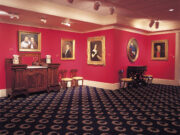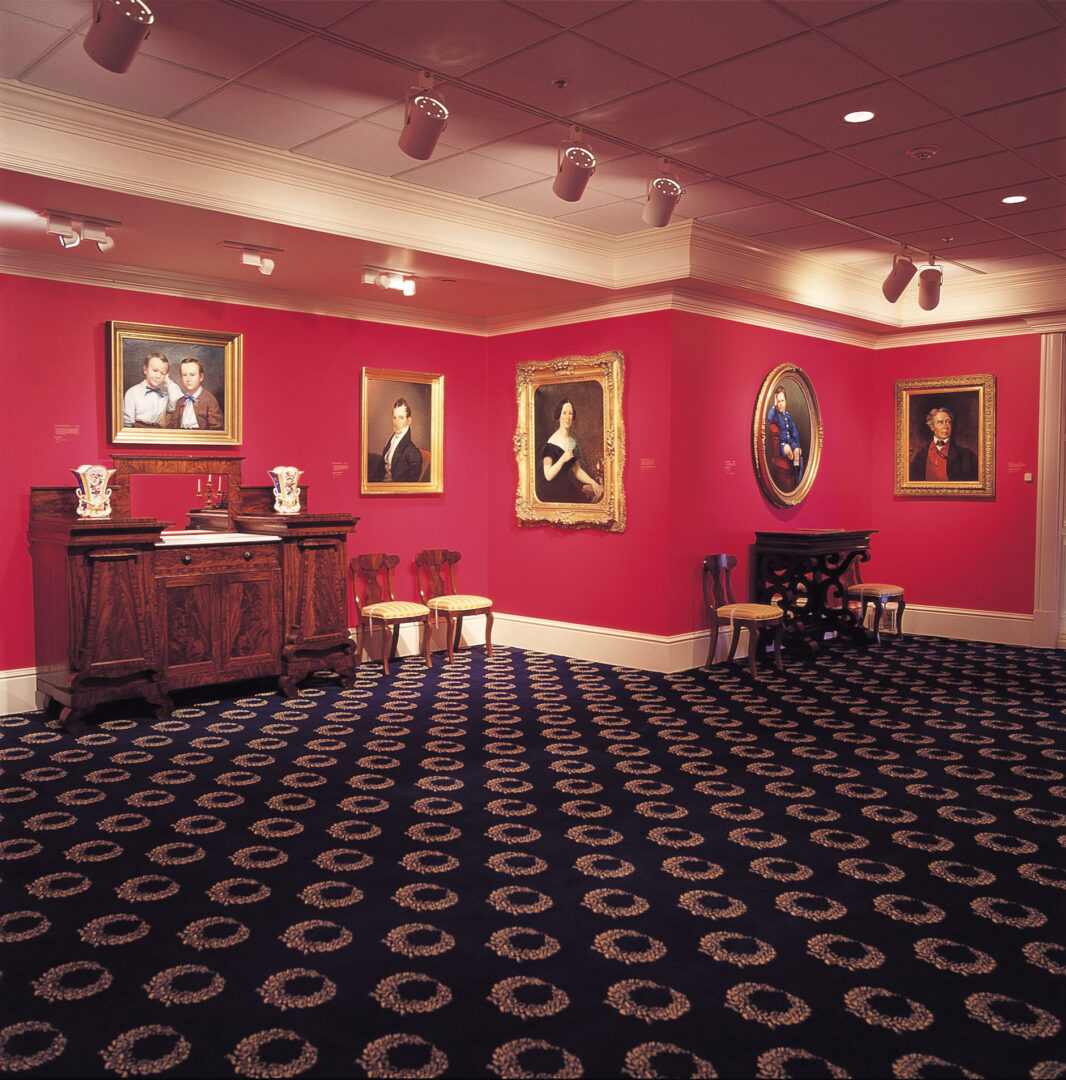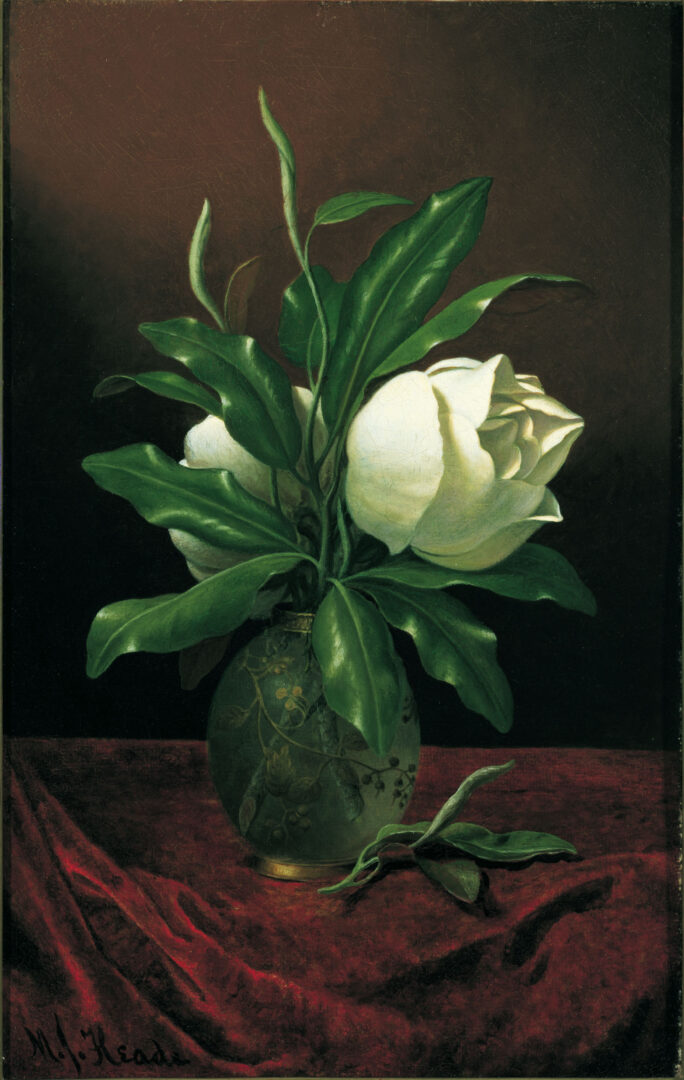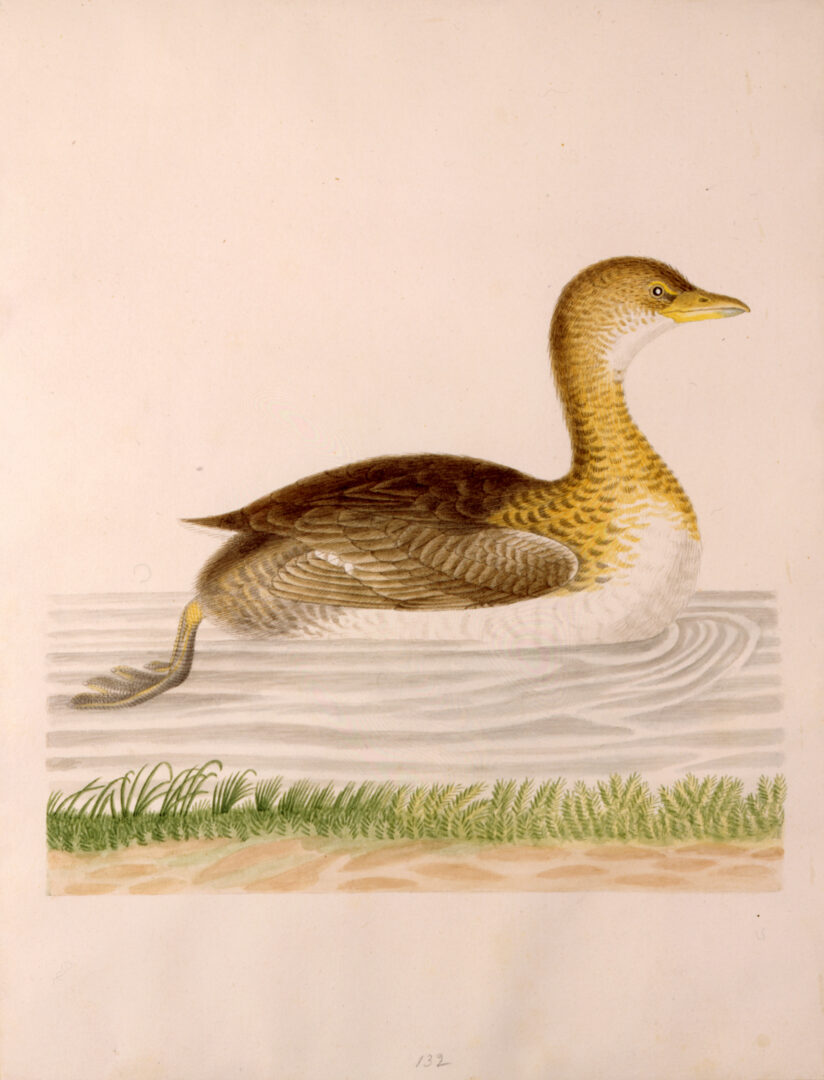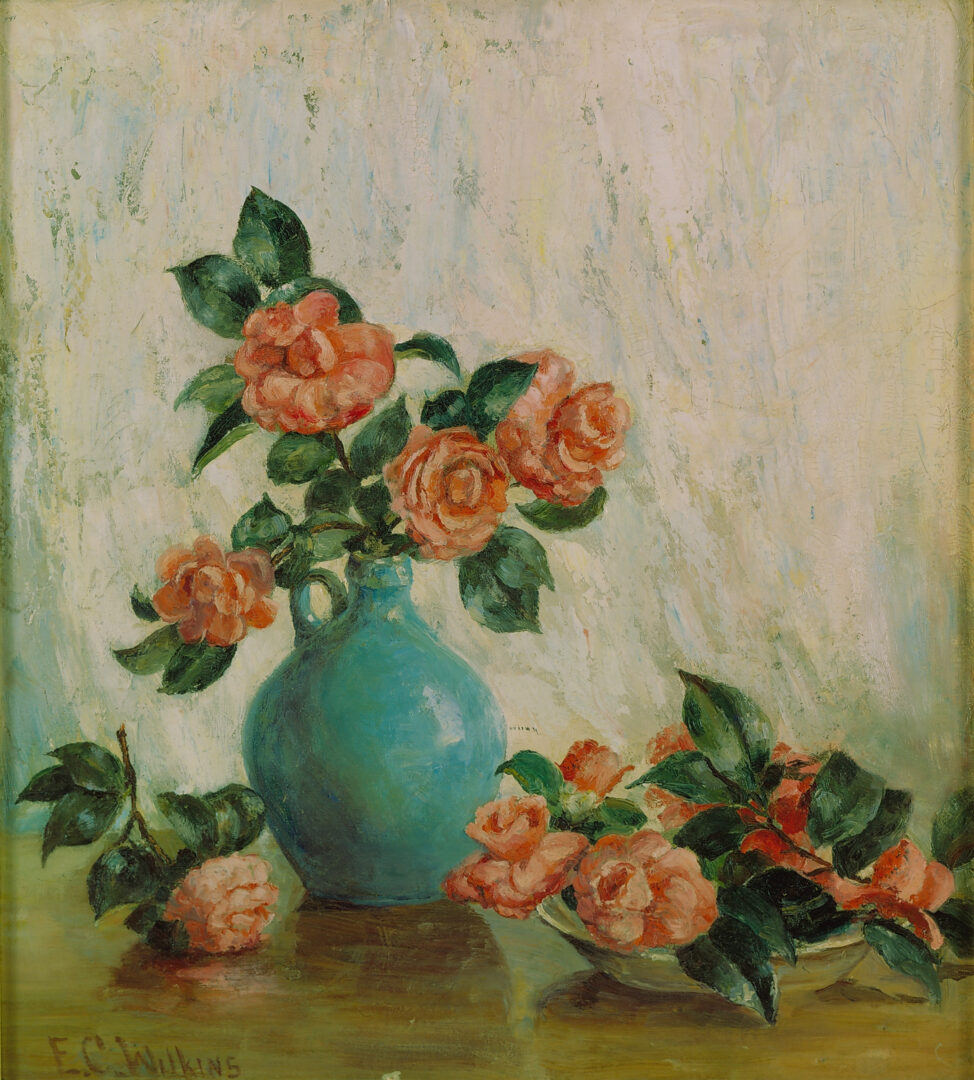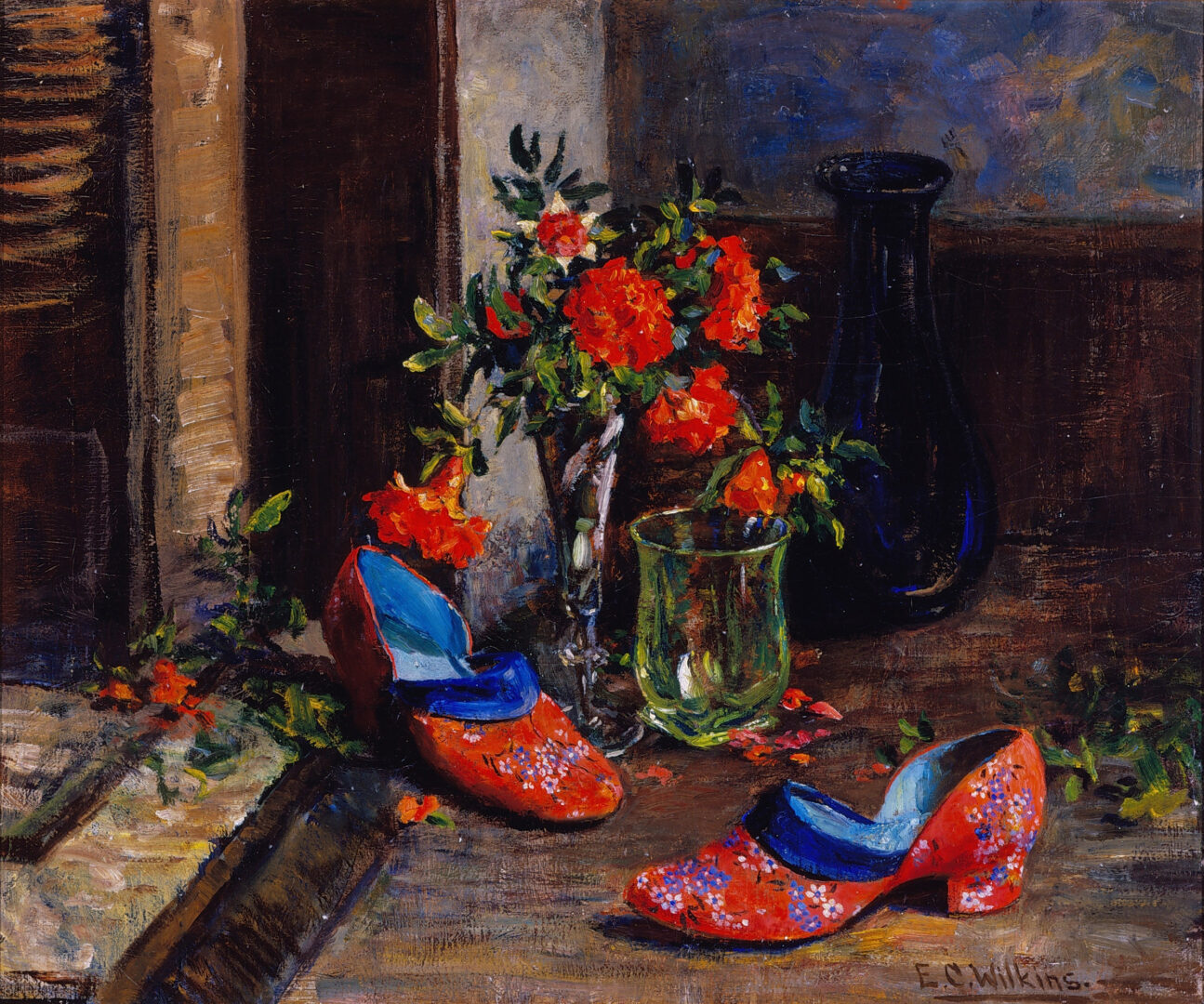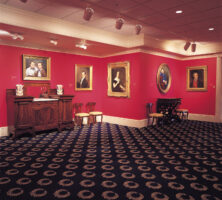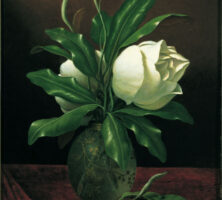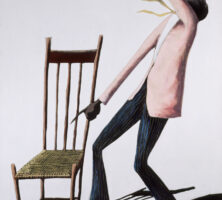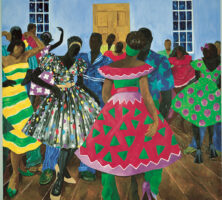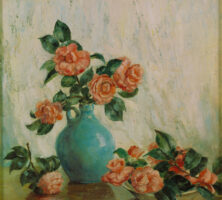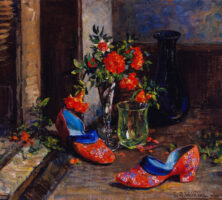The Morris Museum of Art opened in 1992 as the first museum in the country dedicated to documenting the art and artists of the South. Located on the riverfront in downtown Augusta, the museum seeks to preserve and enhance a regional cultural legacy by showcasing the history of painting in the South through a broad-based survey collection of paintings and drawings. In 2007 the museum received a Governor’s Award in the Humanities.
From the main entrance in the Augusta Riverfront Center, visitors enter a lobby of classic design, passing through intimate galleries dedicated to various themes, time periods, and art movements—from antebellum portraiture to Civil War (1861-65) scenes, from abundant southern still lifes to atmospheric southern landscapes. Other galleries are devoted to the African American image in southern art, impressionism in the South, the modernist influence on twentieth-century southern artists, and contemporary southern art.
History
The Morris Museum of Art was founded by William S. Morris III, chairman and chief executive officer of the Augusta-based Morris Communications Corporation, in memory of his parents. Chartered in 1985 as a nonprofit foundation, the museum found its mission and focus in 1989 with the purchase of a collection of southern art from Robert P. Coggins of Marietta. Works from this private collection had toured museums throughout the Southeast in 1984-87 as an exhibit entitled Art and Artists of the South. This acquisition, and additional works acquired from Coggins’s estate after his death, formed the foundation on which the Morris Museum’s extensive collection has been built. With the opening of the Morris Museum of Art, painting in the South is enjoying new emphasis and long-overdue recognition.
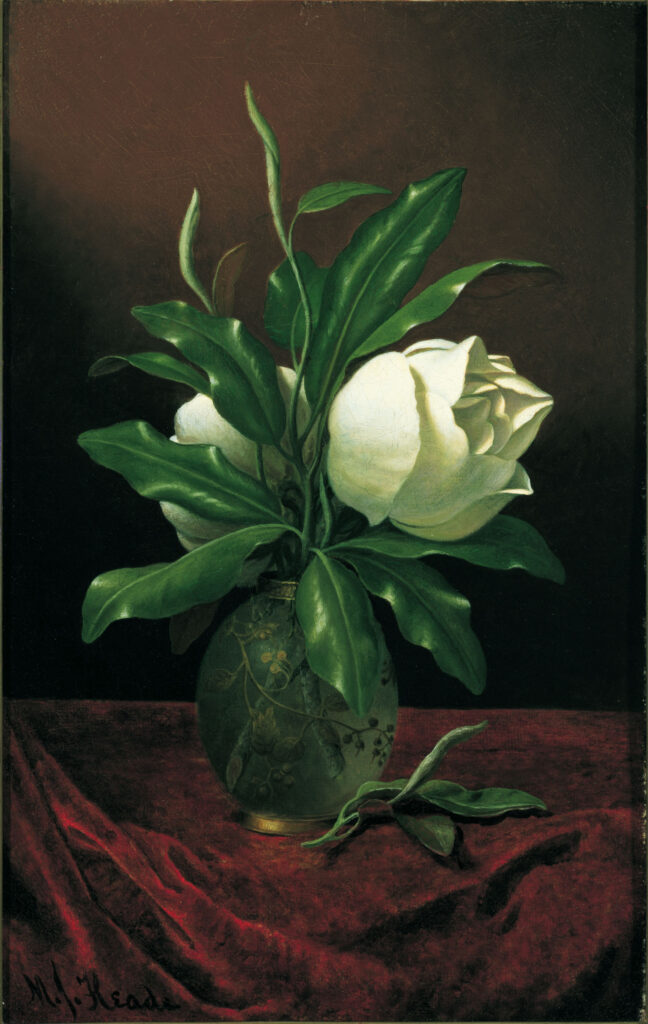
Courtesy of the Morris Museum of Art
Collections
The museum’s collection of works by artists who were born in the South or whose works reflect a discernible southern influence includes some 2,500 objects, primarily paintings and works on paper. The collection ranges from the delicate watercolors of such early artist-naturalists as John Abbot, who lived in Burke County in the 1700s, to nineteenth-century landscapes by Henry Ossawa Tanner and Joseph Rusling Meeker, to a monumental commissioned work by Robert Rauschenberg that features images of Augusta. Jasper Johns, who was born in Augusta, is represented in the collection. Georgia native Benny Andrews and his father, George Andrews, a self-taught artist who became known as the “Dot Man” in Madison, are also represented. Among the other Georgia artists in the collection are Nell Choate Jones, Lamar Dodd, Augusta Oelschig, Alexander John Drysdale, Hattie Saussy, Art Rosenbaum, Don Cooper, William Posey Silva, Nellie Mae Rowe, and the Murphy family of Savannah.
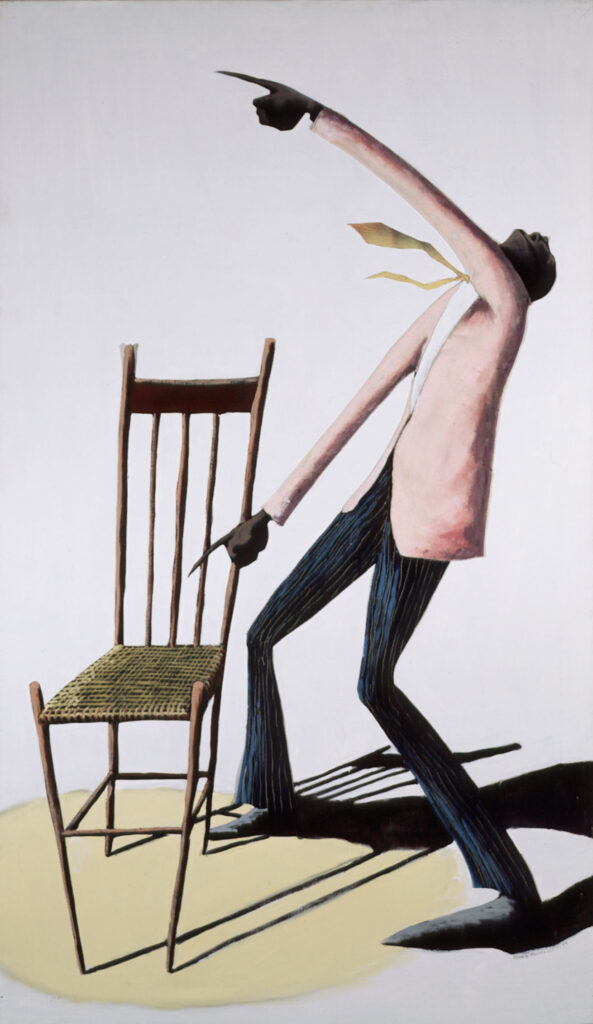
Courtesy of Morris Museum of Art. Reprinted by permission of Benny Andrews
The museum also has extensive holdings of works by Elliott Daingerfield, a major nineteenth-century symbolist painter who lived in New York and in Blowing Rock, North Carolina; Will Henry Stevens, an early modernist who was born in Indiana and worked in both North Carolina and Louisiana; and Alfred Hutty, a Woodstock, New York, artist who moved to Charleston, South Carolina, and spearheaded an early-twentieth-century artistic renaissance.
Exhibitions
In addition to its permanent collection, the museum presents temporary exhibitions drawn from or inspired by works in the museum’s collection. Other exhibitions offer a broader context, highlighting American art or international art movements that influenced artists who lived or worked in the South. The museum also organizes traveling exhibitions. Select pieces from the collection have toured institutions in locales as diverse as Seattle, Washington; Akron, Ohio; Amarillo, Texas; and Ardmore, Oklahoma.
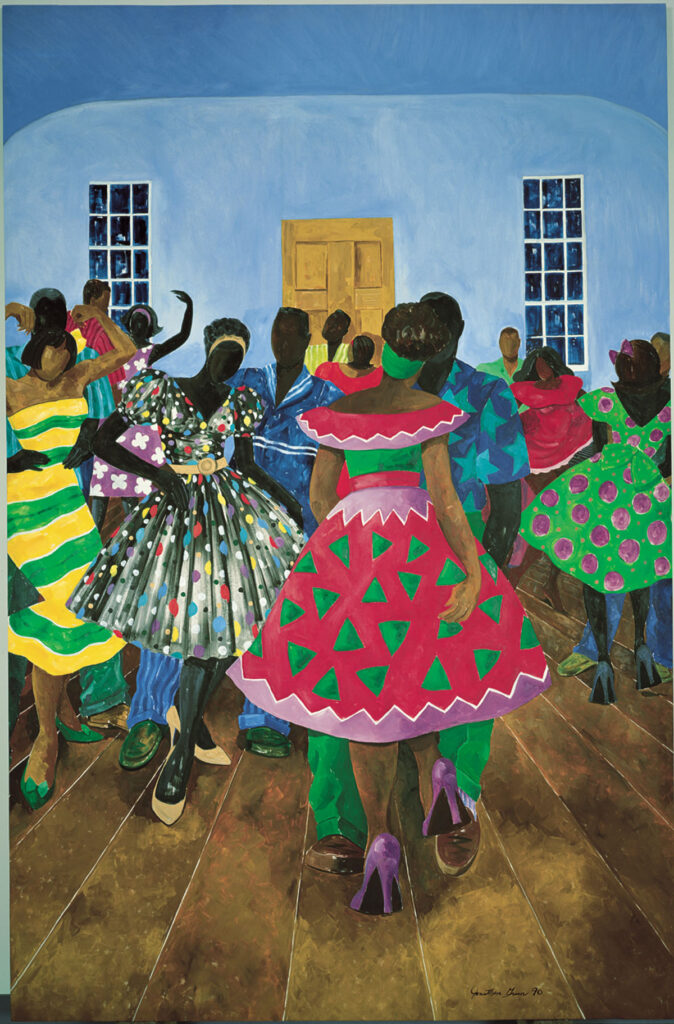
Courtesy of the Morris Museum of Art
In conjunction with its exhibitions, the museum publishes catalogs as well as monographs and other books on southern art and artists. Complete lists of publications and past exhibitions can be found on the museum’s Web site.
Center for the Study of Southern Painting
The museum’s Center for the Study of Southern Painting, also located at the Augusta Riverfront Center, houses more than 9,500 volumes and periodicals relating to general art history and southern art and culture, and more than 2,100 files on artists who have worked in the South, as well as letters and other primary materials on southern artists. The center serves in a reference and research capacity and receives inquiries from around the world through the museum’s Web site. Because the art of the South is as complex and diverse as the South itself, the museum actively supports research and publication.
Education
The museum’s award-winning education department offers a variety of services for students in preschool through the university level, an annual literary competition for grades K-12, and internships for secondary and postsecondary students. “Georgia Studies: Images and Artifacts,” a collaborative program with the Augusta Museum of History, includes tours of both museums and a teacher resource package containing books, videotapes, and curriculum-based lessons in social studies and visual arts. “Draw on Nature,” a student tour program, integrates science, technology, and art through the study of nature. The collaborative program with Fort Discovery features museum tours, a self-guided tour of the Riverwalk, and a Web site with interactive lesson plans. Through in-service training, such as the National Faculty–Morris Museum of Art Professional Development Initiative, and curriculum-based resource materials, teachers can integrate works of art into the classroom. The museum also sponsors community programs, including “Artrageous Sunday” family programs and lecture series. Newly introduced classes in art history and appreciation provide in-depth experiences for the lifelong learner.
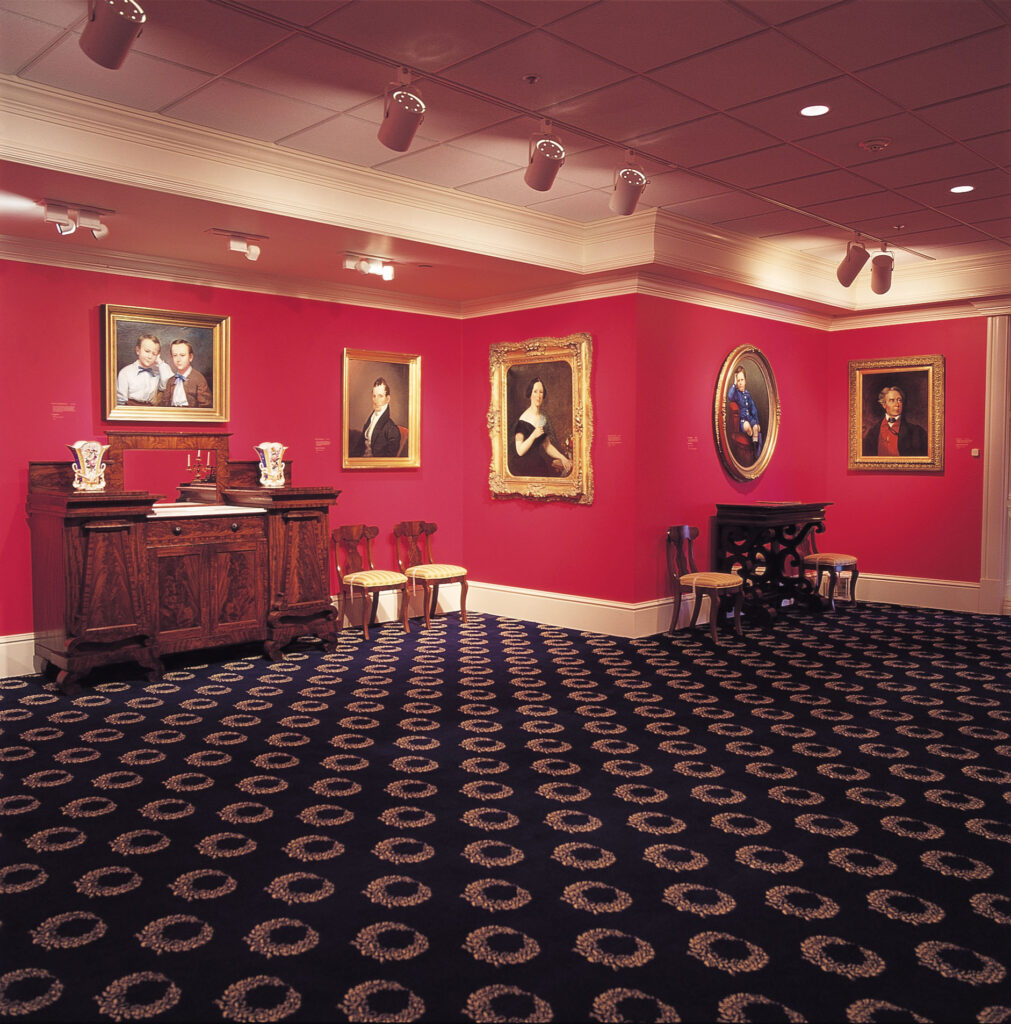
Courtesy of the Morris Museum of Art


